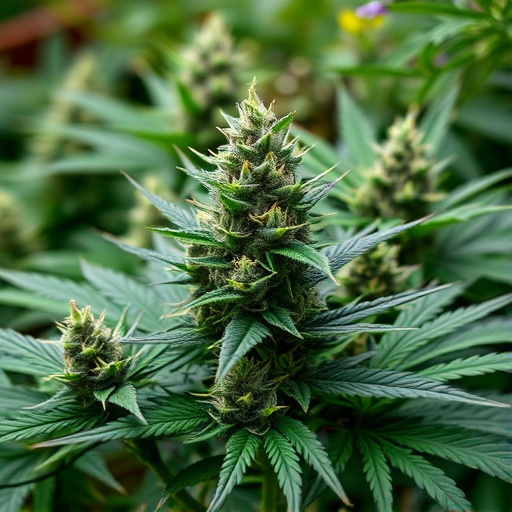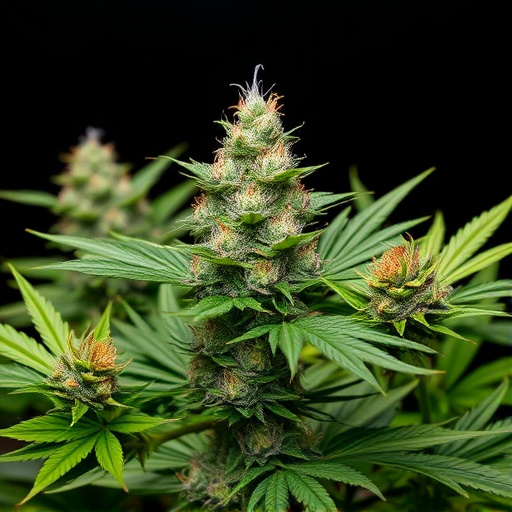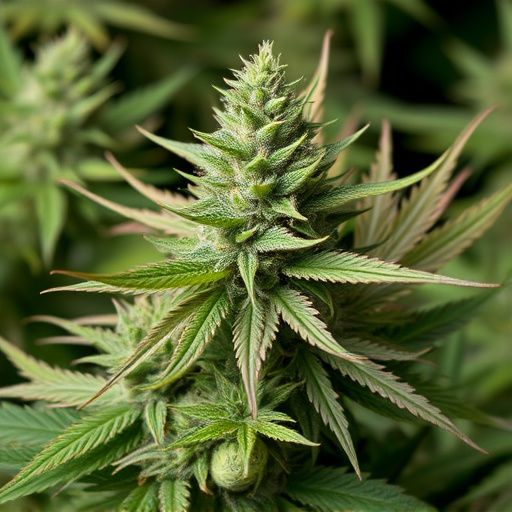The "high" from medical cannabis strains is influenced by their genetic cannabinoid and terpene profiles, leading to varied experiences. Higher THC offers more intense effects, while CBD-rich strains provide milder highs. Metabolism, tolerance, and consumption method significantly impact high duration and intensity. Understanding these factors helps patients effectively dose medical cannabis strains for desired outcomes.
Unraveling the duration of a cannabis high is a complex dance between several factors. From the genetic composition and cannabinoid profile of different medical cannabis strains, to individual metabolism and tolerance levels, each plays a unique role in shaping the experience. The method of consumption and dosing further contribute to variations, offering insights that can help users navigate and optimize their interactions with these beneficial plants.
- Genetic Composition and Cannabinoid Profile
- Individual Metabolism and Tolerance Levels
- Consumption Method and Dosing
Genetic Composition and Cannabinoid Profile
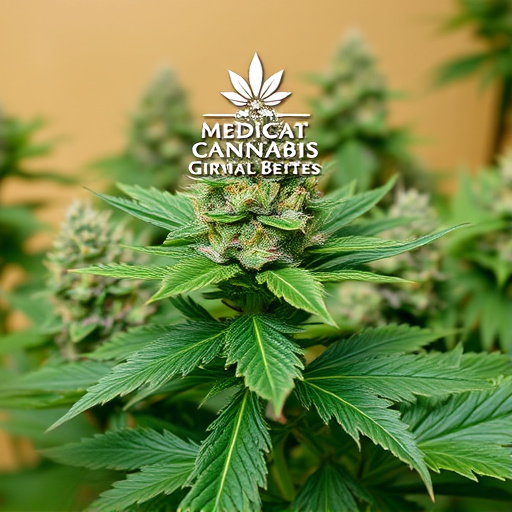
The genetic composition and cannabinoid profile of a cannabis strain play a pivotal role in determining the duration and intensity of its intoxicating effects, often referred to as a “high.” Medical cannabis strains are carefully bred to optimize specific cannabinoid profiles, such as high levels of THC (tetrahydrocannabinol), CBD (cannabidiol), or both. THC is primarily responsible for the psychoactive effects associated with getting “high,” while CBD has gained popularity for its potential therapeutic benefits without inducing euphoria.
Varieties with higher THC concentrations tend to produce more profound and extended highs, whereas strains rich in CBD often offer a more mild and shorter-lived experience. Additionally, the interaction between different cannabinoids and terpenes within the same strain further complicates the high’s timeline and effects. Terpenes, aromatic compounds found in cannabis, can either enhance or temper the actions of cannabinoids, adding another layer of complexity to the overall user experience.
Individual Metabolism and Tolerance Levels

The duration of a cannabis high can vary greatly among individuals, and a significant factor in this variation is metabolism. Everyone metabolizes cannabis differently based on their unique bodily chemistry. Faster metabolisers may experience a quicker onset of effects but could also see their high wearing off promptly, while slower metabolisers might enjoy a longer-lasting buzz.
Tolerance levels play a complementary role. Regular users of medical cannabis strains often build up tolerance, meaning they require higher doses to achieve the same level of effect. As a result, new users or those with lower tolerance may find their high lasts longer due to the more potent effects experienced per dose compared to tolerant consumers.
Consumption Method and Dosing
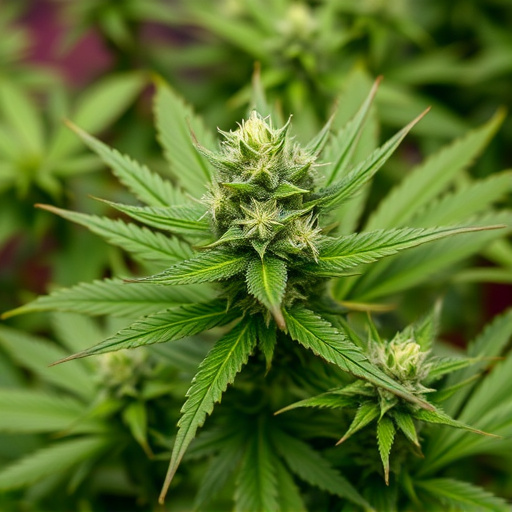
The way medical cannabis is consumed and the dosage played significantly in determining the duration of a “high.” Different consumption methods offer varying experiences, from smoking providing near-instant effects to edible forms taking effect more slowly but lasting longer. The dose also dictates the intensity and length of the high; higher concentrations can lead to prolonged sensations, while lower doses might offer a milder and shorter-lived experience.
For medical cannabis strains, understanding these factors is crucial. Patients aiming for long-lasting relief may prefer methods like vaporization or sublingual dosing, which offer controlled releases. Conversely, those seeking immediate symptom management could opt for smoking or inhalation, but they must be mindful of the potential intensity and duration. Effective dosing requires knowledge and careful consideration to ensure patients experience the desired effects without adverse aftereffects.
Understanding the factors that impact cannabis high duration is key to maximizing its therapeutic potential, especially with the growing popularity of medical cannabis strains. Genetic composition, cannabinoid profiles, individual metabolism, and consumption methods all play a significant role in determining how long a user remains under the influence. By considering these elements, consumers can tailor their experience, ensuring they receive the desired effects from their chosen medical cannabis strain.









